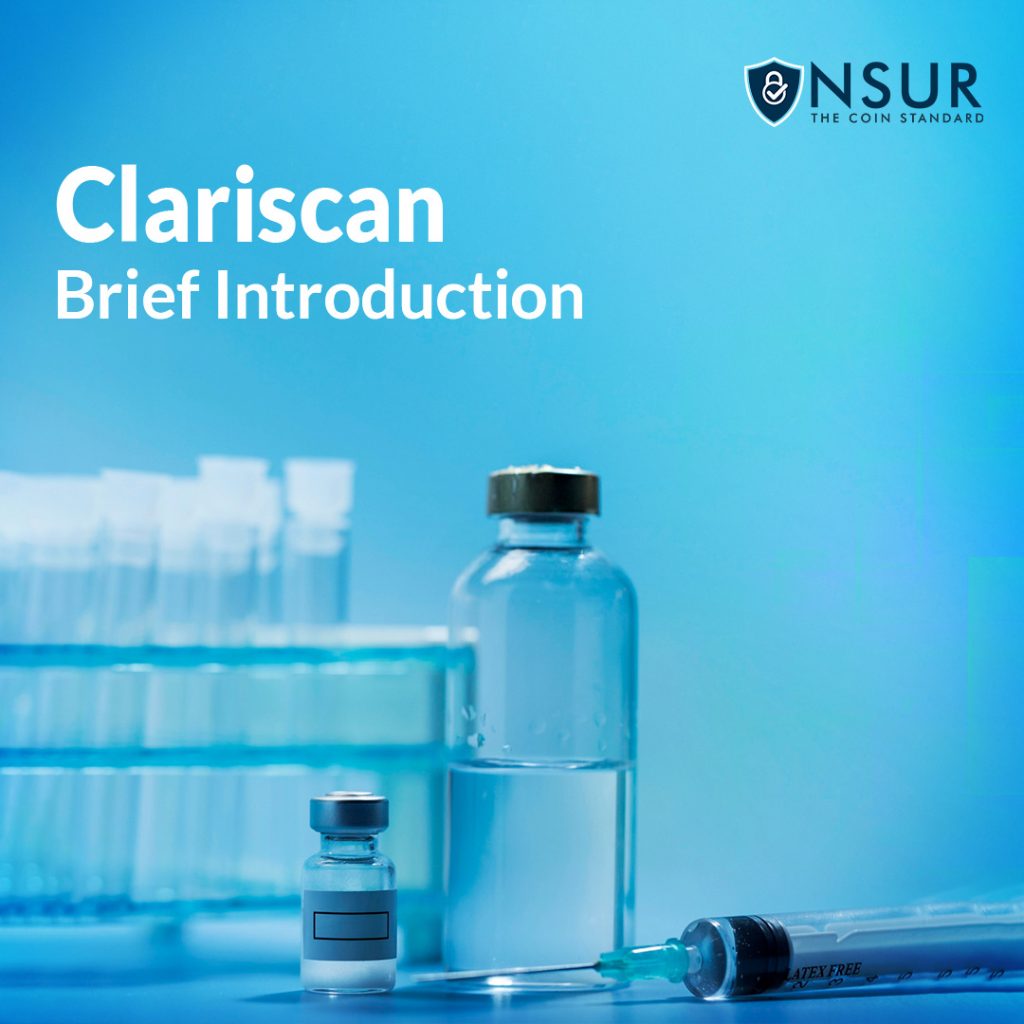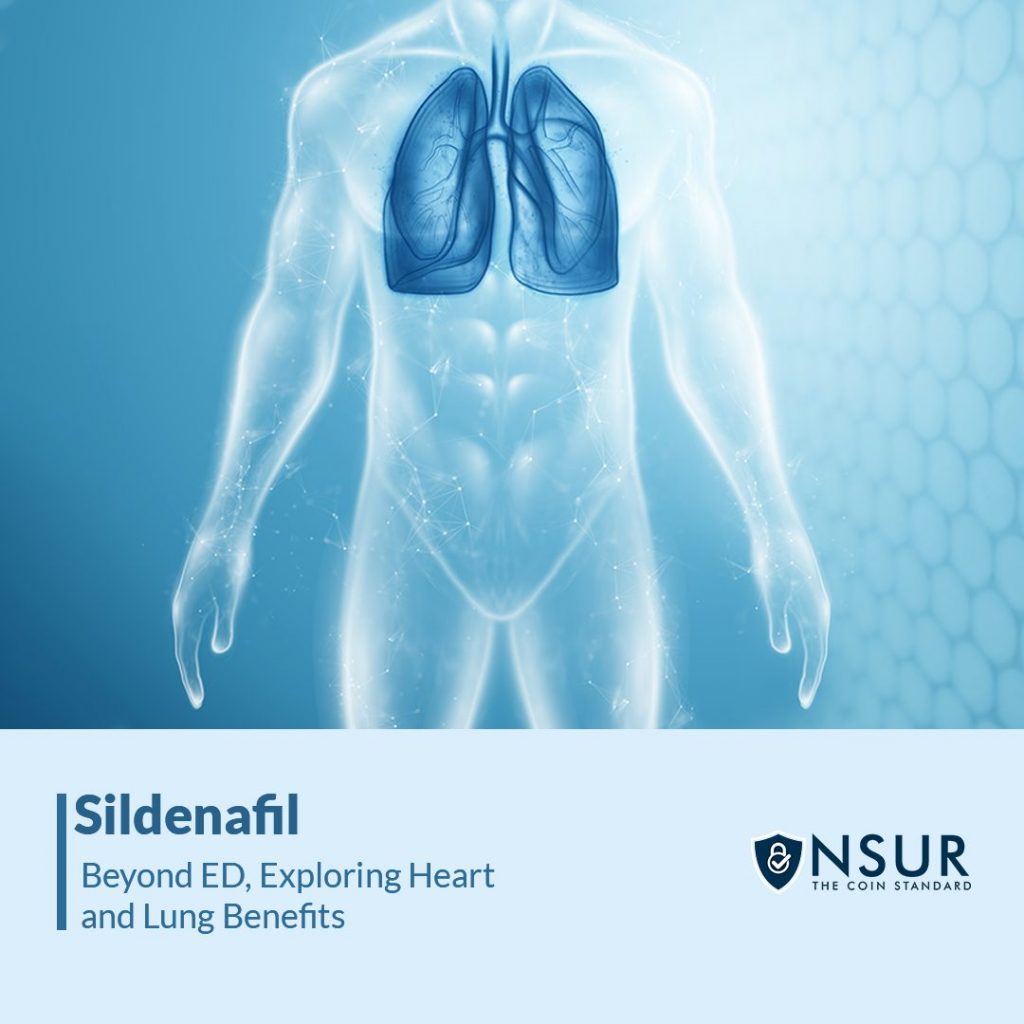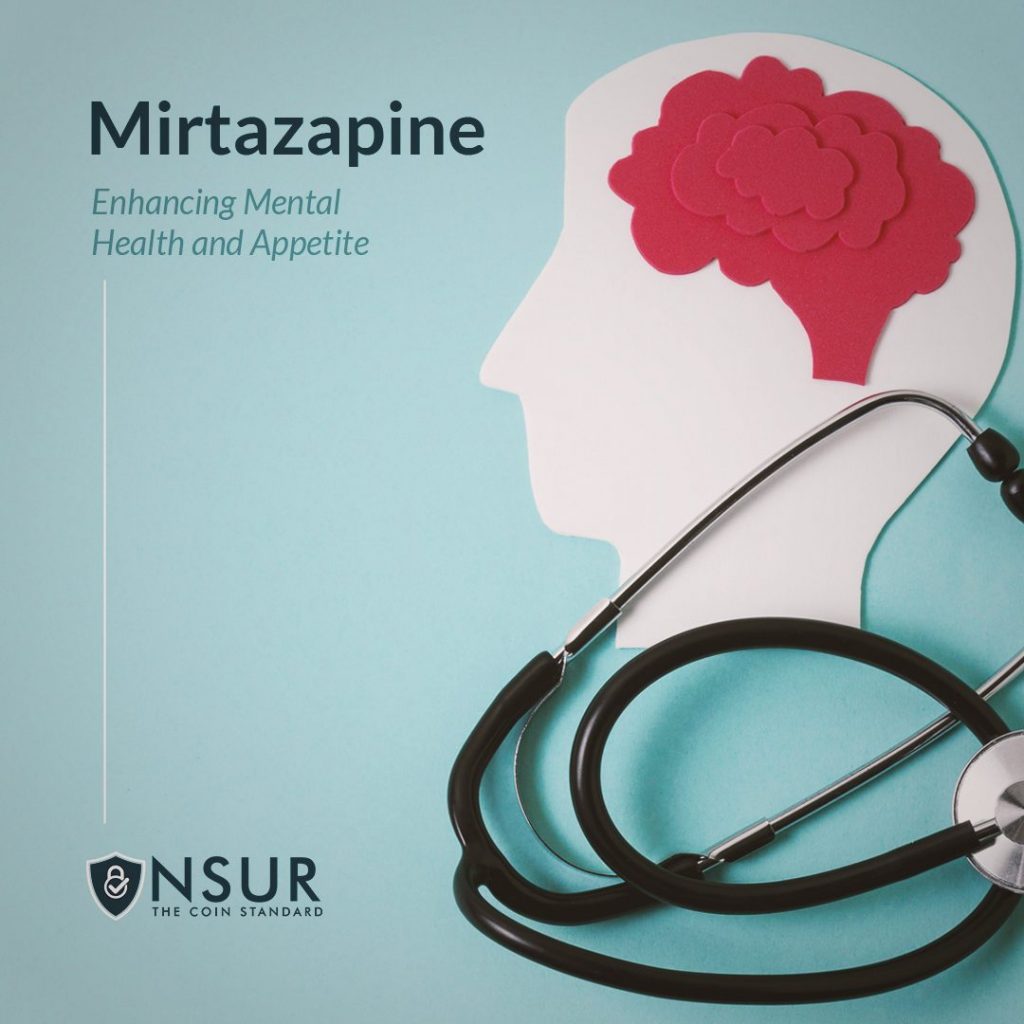
Clariscan is a prescription medication that is used to diagnose MRI images of the brain, spine, and related tissues. Clariscan can be used alone or in combination with other drugs.
Clariscan is a member of the Diagnostic Imaging Agents; Gadolinium-Containing Contrast Agents family of medicines.
Clariscan has been approved in over 55 countries and has supplied over four million patient doses in those nations. It is the newest in GE Healthcare’s increasing line of imaging agents available in the United States. For almost 40 years, GE agents have been frequently employed to improve images and facilitate diagnosis in MRI, X-ray/CT, and ultrasound.
Side-Effects
Burning, itching, swelling, scaling, and tightening or hardening of your skin, muscle weakness, joint stiffness in your arms, hands, legs, or feet, deep bone pain in your ribs or hips, trouble moving, skin redness or discoloration, little or no urination, painful or difficult urination, swelling in your feet or ankles, tiredness, and shortness of breath.
Inform your doctor if any adverse effect concerns you or does not go away.
These are not the only Clariscan side effects. Consult your doctor or chemist for additional information.
Warnings
Gadolinium-based contrast agents (GBCAs) enhance the risk of NSF in individuals with poor drug elimination. Avoid using GBCAs in these individuals unless the diagnostic information is critical and not accessible with non-contrast MRI or other modalities. NSF may cause deadly or very debilitating fibrosis of the skin, muscles, and internal organs.
Patients with chronic, severe renal illness (GFR 30 mL/min/1.73 m2) or acute kidney damage are at the highest risk for NSF.
Check for acute kidney damage and other diseases that may impair renal function in individuals. Estimate the glomerular filtration rate (GFR) in individuals at risk for persistently impaired renal function (e.g., age > 60 years, hypertension, diabetes) using laboratory testing (5.1).
Indications
Clariscan is a gadolinium-based contrast agent indicated for intravenous use with magnetic resonance imaging (MRI) in adult and pediatric patients (including term neonates) in the brain (intracranial), spine, and associated tissues to detect and visualize areas with disruption of the blood brain barrier (BBB) and/or abnormal vascularity.
Dosage
The recommended dose of Clariscan for adult and pediatric patients (including term neonates) is 0.2 mL/kg (0.1 mmol/kg) body weight administered as an intravenous bolus injection, manually or by power injector, at a flow rate of approximately 2 mL/second for adults and 1-2 mL/second for pediatric patients. Table 1 shows the weighted dosage volumes.
Take advantage of NSURx for your prescription drugs!
With the NSURx Prescription Benefit Card, you can save money on your Clariscan medications at more than 35,000 pharmacies across the United States.
You can save up to 80% on your medication by using an NSURx card. Hundreds of dollars in savings could be yours every time you fill out your prescription.
The more you shop with NSURx, the more NSUR Coins you will receive as a reward.
Reference:











